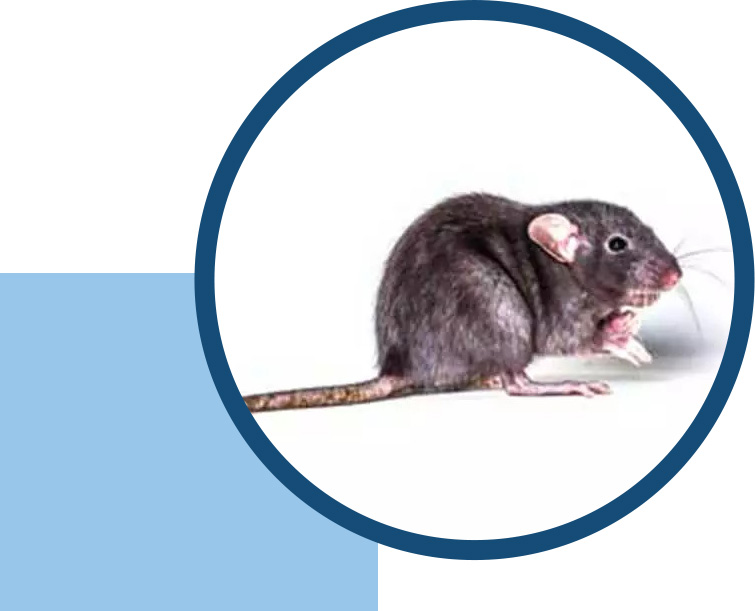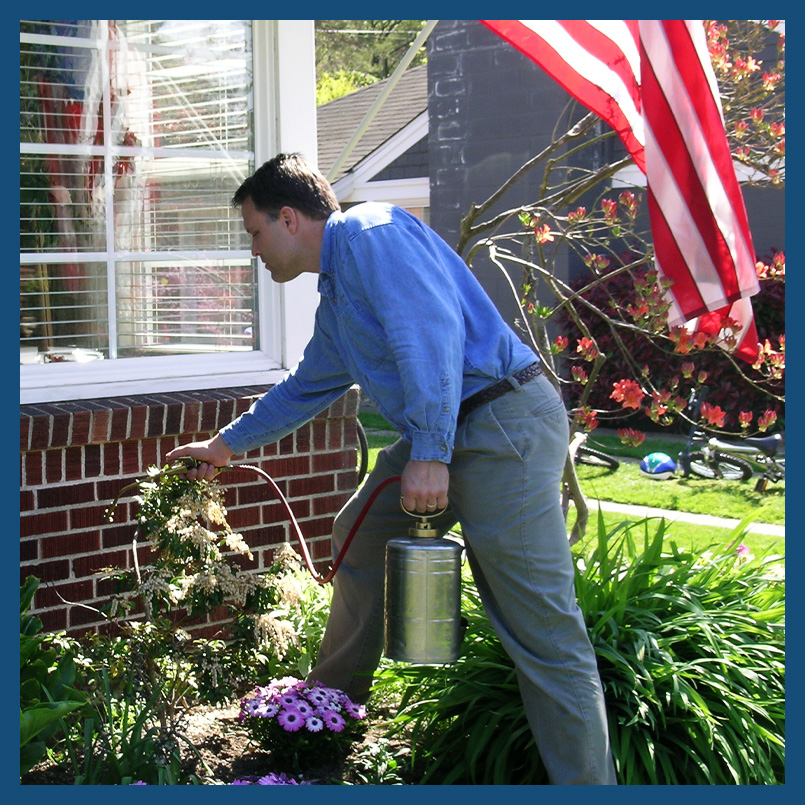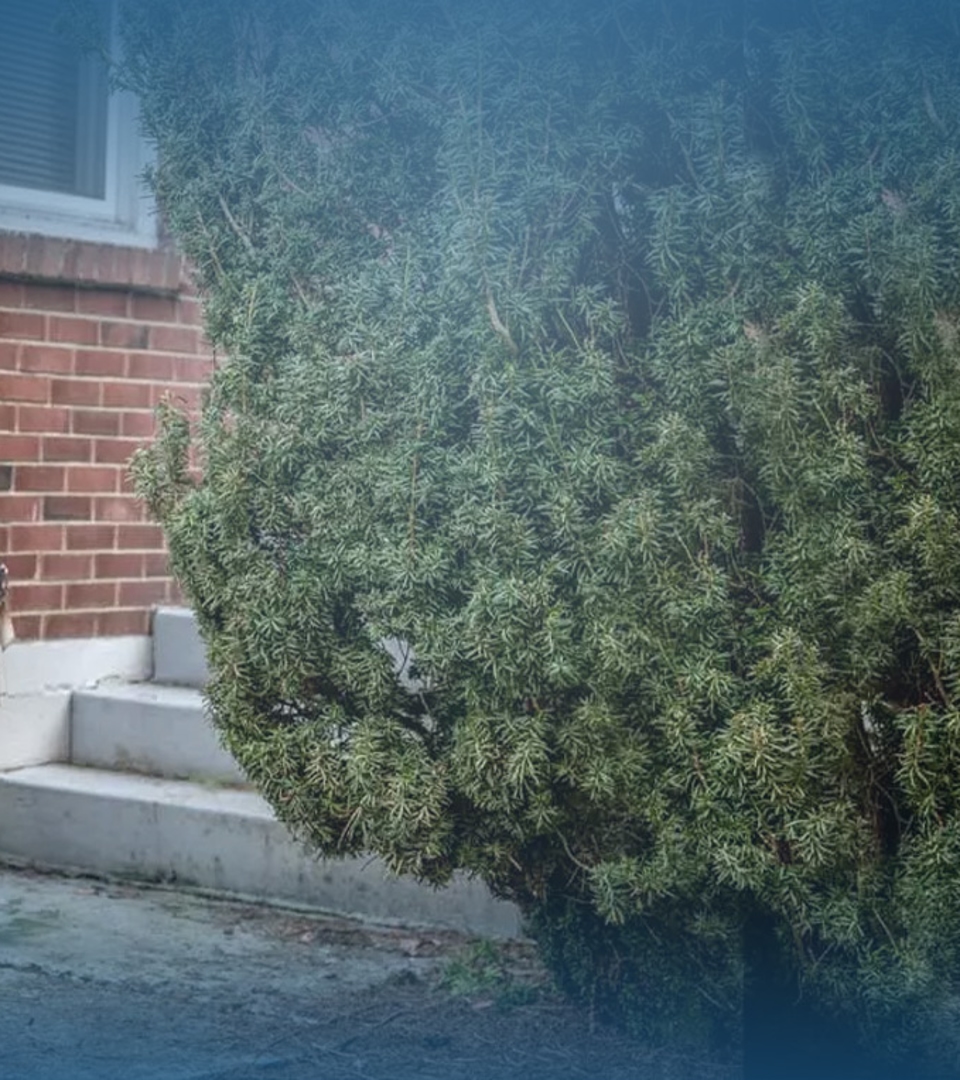
Roof Rats in Seattle, WA
Roof rats are a smaller, more agile rat than the Norway rat (an adult will often weigh in at about half a pound). Roof rats will boast a longer tail, with a pointy snout and longer ears than the Norway rat. In appearance, roof rats are lighter in color (usually a light gray).
While roof rats are also scavengers by nature, they tend to be a little more picky about what they will eat. Some of their favorite foods include seeds, nuts, vegetables, fruits, insects, invertebrates, and other inorganic matter like soap and paper. Roof rats are also a nocturnal species, which is why they are often not seen by homeowners during the day. They will also nest in higher areas, such as trees or attic spaces.
Roof Rat Habits
Rodents are problematic inside of any structure. While rodent issues will generally be more pervasive in areas where construction may be older and sanitation may not be ideal, rodents can infest any building. Recognition of a rodent problem is not necessarily a reflection on one’s tidiness or cleanliness; it is unfortunately a byproduct of living in the Pacific Northwest and requires expertise and care to manage.
Rodents are well-suited to the Puget Sound region. They have a high reproductive rate and compete well for resources with other scavengers (they have been known to attack other animals such as fish, birds, and other mammals).
Rodents can burrow long distances to obtain food and shelter from predators. Most rodents can survive a fall of up to fifty feet, making them fearless climbers and able to travel across power lines and tree branches.
Rodent Control
Rodents are not a simple pest to eradicate from a structure; they are intelligent creatures with an imperative to survive at any cost. Comprehensive rodent control should consist of four steps:
- Inspection. Thorough inspection is absolutely imperative to effective rodent control. The most important consideration in a rodent inspection is to identify all access points that rodents are using to gain access to the structure(s). Without a thorough understanding of how the rodents are entering and/or exiting the structure, effective control is nearly impossible.
- Exclusion. Once the access points have been identified, structural improvements must be made to correct the gaps or holes. These repairs can range from the simple to the complex, and should be checked regularly as they will often break down with time and/or increased rodent pressure. Exclusion should be performed by a trained professional with the most appropriate material(s) for the situation. Our service technicians bring their expertise and their knowledge of rodent behaviors, which is the ideal combination for effective rodent exclusion.









